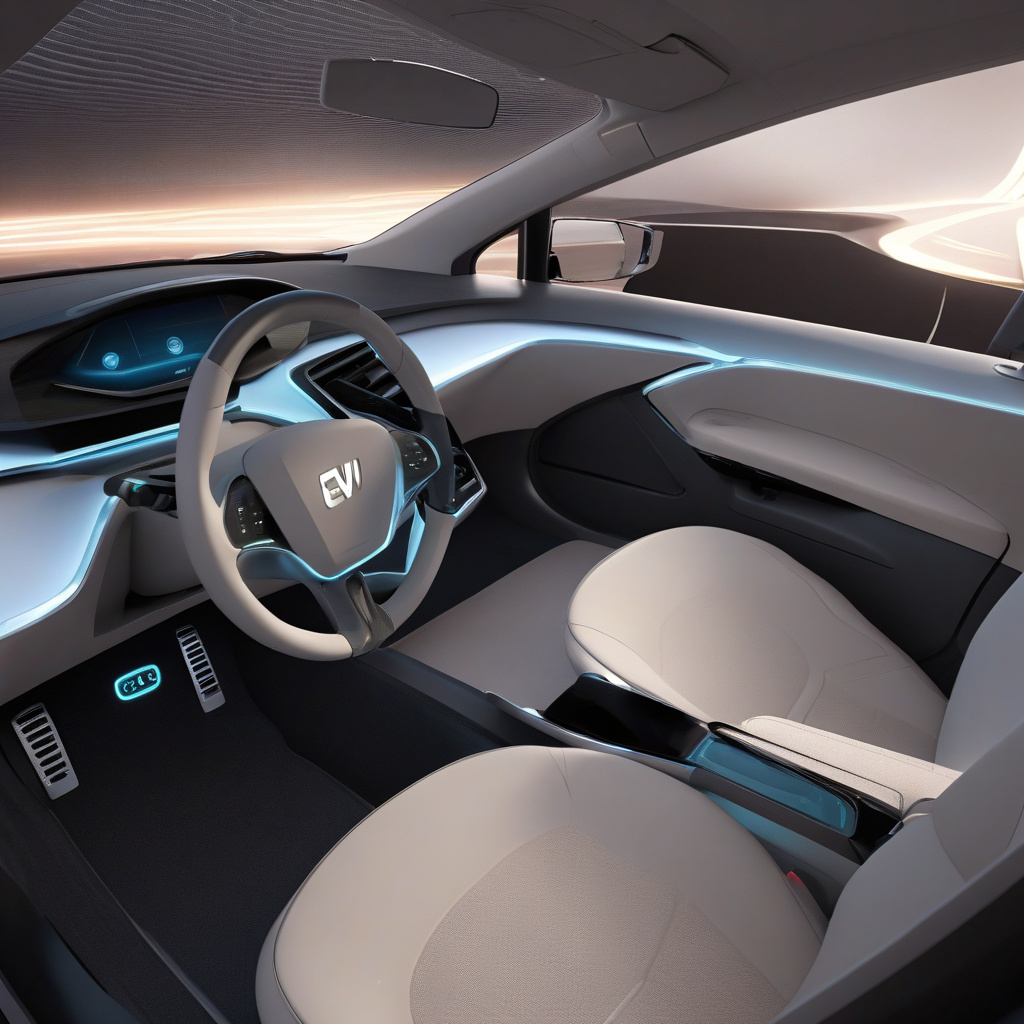Can a One-Minute Sound Cure Motion Sickness in Electric Vehicles?
Passengers prone to motion sickness in electric vehicles may soon find relief in an unexpected form – sound. As the automotive industry shifts towards electric vehicles (EVs) for a more sustainable future, a new challenge has emerged for some riders: motion sickness. The quiet, smooth ride of EVs, while environmentally friendly, can lead to discomfort for passengers sensitive to motion changes.
However, researchers have developed a novel solution that may revolutionize the EV experience for those prone to motion sickness. A one-minute sound, emitting at 100-hertz frequency, could potentially alleviate or even eliminate the symptoms of nausea and dizziness in EV passengers.
But how does this innovative sound technology work? The key lies in the inner ear and its role in maintaining balance. Motion sickness occurs when there is a disconnect between what our eyes see and the balance signals sent to the brain by the inner ear. By introducing a specific frequency of sound that mimics the natural vibrations associated with motion, researchers believe they can help realign these signals and reduce the feelings of discomfort.
Initial studies on the effectiveness of this one-minute 100-hertz sound have shown promising results. Participants who experienced motion sickness in EVs reported feeling significantly better after being exposed to the sound for just 60 seconds. Some even stated that their symptoms were completely alleviated, allowing them to enjoy a smooth ride without any adverse effects.
The implications of this discovery extend beyond just comfort for passengers. For automakers and ride-sharing companies looking to promote EV adoption, addressing the issue of motion sickness is crucial. By enhancing the overall ride experience and making it more pleasant for all passengers, they can potentially attract a wider customer base and increase the appeal of electric vehicles.
Moreover, the integration of sound technology to combat motion sickness could open up new possibilities for customization and personalization within EVs. Just as drivers can adjust seat positions and ambient lighting to their liking, they may soon be able to tailor sound frequencies to enhance their comfort during the ride.
While further research and testing are needed to fully validate the efficacy of this one-minute 100-hertz sound in alleviating motion sickness in EVs, the initial findings point towards a promising solution. As technology continues to advance, we can expect more innovative approaches to enhancing the overall transportation experience for passengers.
In conclusion, the prospect of using sound as a remedy for motion sickness in electric vehicles represents a groundbreaking development in the automotive industry. By addressing this challenge, researchers are not only improving the comfort of passengers but also paving the way for a smoother transition to a more sustainable mode of transportation.
motion sickness, electric vehicles, sound technology, passenger comfort, transportation experience












